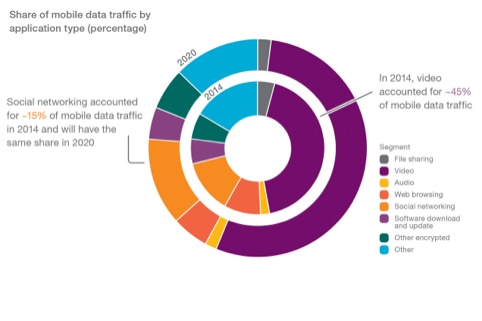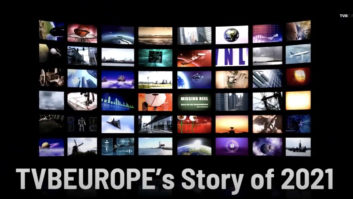
Ninety per cent of the world’s population over six years old is predicted to have a mobile phone by 2020, according to the latest edition of the Ericsson Mobility Report. It reveals that proliferation of mobile technology continues at a rapid pace, and video consumption on devices continues. Furthermore, by 2020 smartphone subscriptions are forecast to top 6.1 billion.
Rima Qureshi (pictured), senior vice president, chief strategy officer and head of M&A, Ericsson, said: “The falling cost of handsets, coupled with improved usability and increasing network coverage, are factors that are making mobile technology a global phenomenon that will soon be available to the vast majority of the world’s population, regardless of age or location.”

Video continues to dominate mobile networks: in 4G-dominated networks it currently constitutes 45-55 per cent of mobile traffic, driven largely by increased usage of video streaming and improvements in the mobile video experience.
Video is increasingly appearing as part of other online applications such as news and adverts, and on social media platforms. At the same time, growth in video streaming is being driven by access to OTT services and content, such as those provided by YouTube.
Devices used to watch video are also evolving. Many have larger screens, enabling higher picture quality for streamed video, which results in video being consumed on all types of devices and in higher quantities, both at home and on the move.
In terms of future outlook, Ericsson estimates that mobile video traffic will increase tenfold by 2020, ultimately constituting around 55 per cent of all mobile data traffic in 2020.
5G is expected to be commercially deployed in 2020, and the technology is predicted to have a faster uptake than 4G LTE, just as 4G had a faster uptake than 3G. The difference here is that, in addition to new radio technologies, 5G will also encompass evolved versions of existing radio access (such as 3G and 4G), cloud, and core technologies to cater for the thousands of new ways that mobile technology will be used. 5G growth will be driven to a large extent by new use cases, especially in machine-type communications.







